Halina Reijn’s Personal Female Gaze Rulebook for Babygirl
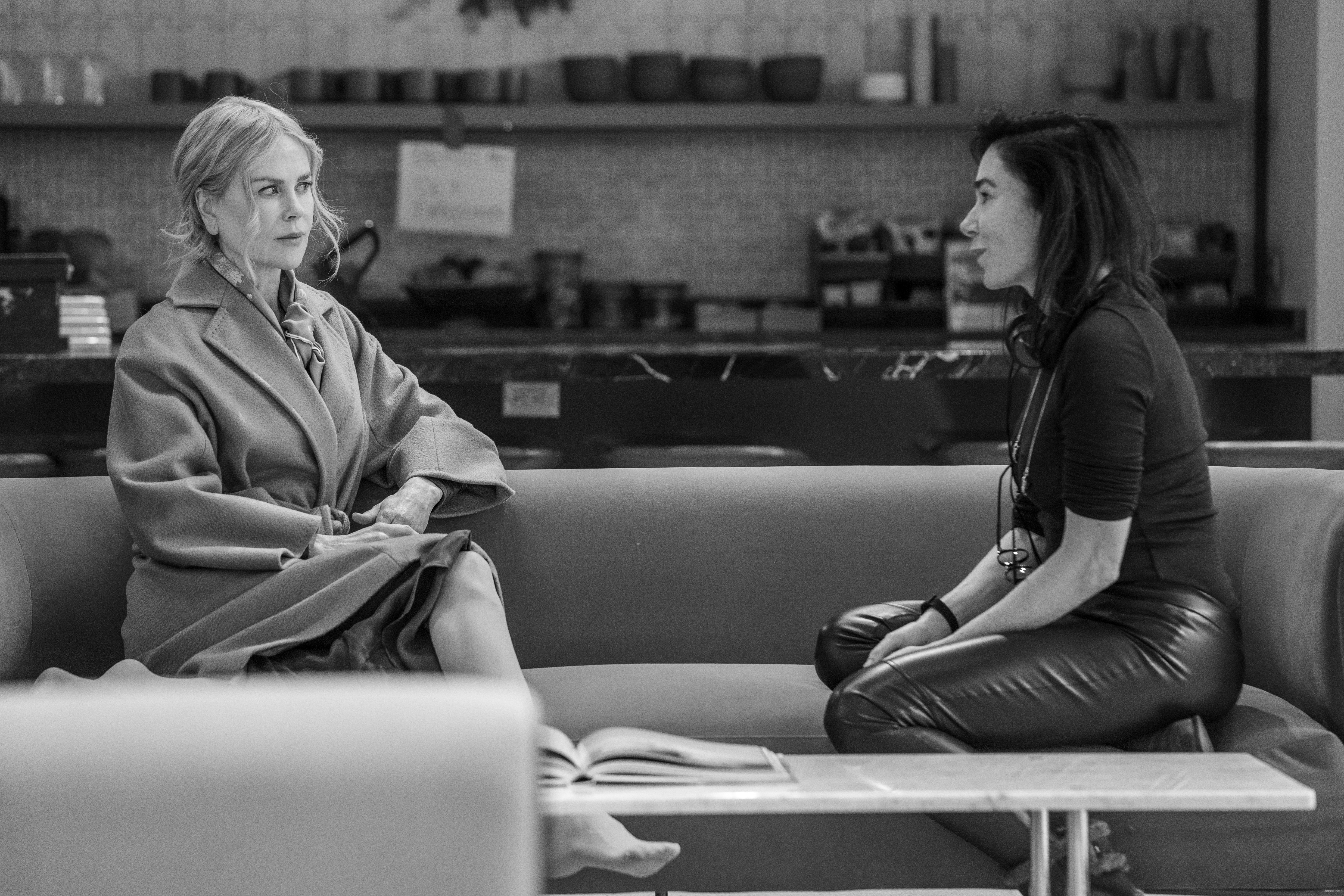
By Ellie Powers
A man walks into a bar and buys Halina Reijn a glass of milk. Years later, on set, Halina has an embryo of an idea about power and sexuality. Incorporate the former anecdote into the latter concept, mix in Nicole Kidman, Harris Dickinson, and Antonio Banderas, add a splash of Hedda Gabler, bright reds, and a voyeuristic camera, and you get Babygirl. It’s a story about a powerful woman who discovers what occurs at the crux of the civilized and the animalistic with, why not, milk as a connective tissue.
Halina joins me via Zoom, her backdrop a typical New York kitchen, condensed and linear. She’s bubbly, open, kind, complimentary, and overall excited to dive into her process. She’s willing to look (American) taboos in the eye with a wide grin, shameless and ready to shed light on parts of ourselves we may wish to shun.
To give you an idea, her first feature, made in the Netherlands, Instinct (2019), follows a psychologist who becomes infatuated with a sex offender. Her European sensibilities mean she’s keen to embrace suggestion, ambiguity, and the darker aspects of sexuality. Her welcoming personality invites you to feel comfortable accepting those desires.
Through all of her films, she wishes to explore “juicy parts for women in which they can explore all the different layers of themselves.”
Halina finishes editing Bodies Bodies Bodies, the writer/director’s first American feature for A24, she attends SXSW and moves on to spend the next year writing Babygirl. She first has to tackle a formidable question.
Minding the Female Gaze
What is the female gaze? If you ask film scholars, you immediately bump into an issue: how to define the female gaze without relating it to the male gaze. Laura Mulvey, in her seminal 1975 essay, “Visual Pleasure and Narrative Cinema,” offers this description of the woman’s place in cinema:
a signifier for the male other, bound by a symbolic order in which man can live out his fantasies and obsessions through linguistic command by imposing them on the silent image of woman still tied to her place as bearer, not maker, of meaning. (15).
I promise I won’t bring up anymore film theory; you won’t be quizzed. But I think of the idea of a ‘maker of meaning’ when Halina recounts her struggle to do justice to female desire, given that, in her words, she’s “internalized the patriarchal gaze completely.” How do you offer a woman’s POV when your available vocabulary relates to its lacking? In other words, how do you set out to portray the female gaze without saying “well it’s not…”?
Halina wrestles with this question for the entire process of development, writing, production, and post. She leans on the younger women in her life, notably the cast of Bodies, whom she notes are still her “guiding light” and teach her new things, to inform her approach. She resolves, “I can’t shy away from that truth, and I have to show the old and the new, if you will. I wanted to show how [Romy’s] oldest daughter, her assistant, and Samuel [Harris Dickinson] carry a torch that I find more interesting than what Gen X had to say about feminism. The movie even more than sex and power is about generations.”
What to do then with the ‘old’ vision of the female gaze? Halina says flip it on its head. She took a scene from 9 ½ Weeks in which Kim Bessinger strips for Mickey Rourke to the Joe Cocker song, “Leave Your Head On,” but made a mirror so, in Babygirl, it’s Samuel (Harris Dickinson) who dances for Romy (Nicole Kidman) in a motel room to the song “Father Figure.”
Her intention here is to take the existing framework of the patriarchal or male gaze and “completely switch it around, which is of course not feminism, but it's something I want to show in my movie – that we are aware of all the different aspects of what is it to be equal. Is there even a possibility of equality when we are also driven by things like biology. What is nurture and what is nature?”
When she discussed filming this dance with her Director of Photography, Jasper Wolf, Halina valued capturing exactly what a woman would focus on. She guided Jasper to capture the dance by himself dancing along with Samuel.


For Halina, female desire is more complicated than bodies slapping together. She’s more interested in story and suggestion which is why she incorporates details like close ups of hands or when Romy spreads her legs, “the idea is more than enough for us. We don't need to see anything. We need suggestions which is why we also don't have that many actual sexual acts in the movie. Witnessing somebody licking milk out of a saucer or eating candy out of someone's hand can be shocking, but it doesn't have a lot to do with actual sex.” Halina summarizes her female gaze as “sensual. It's erotic. It's storytelling.”
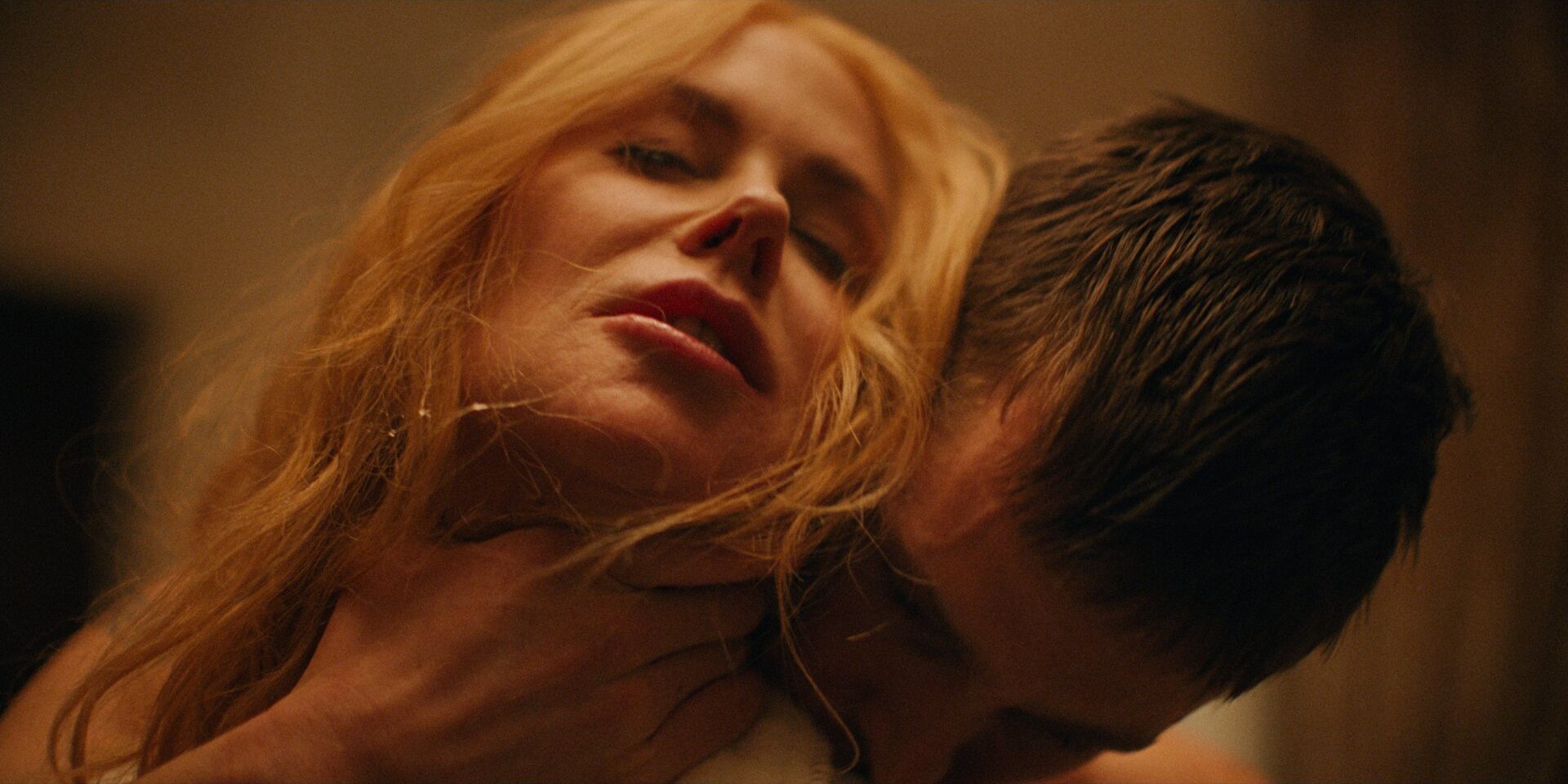
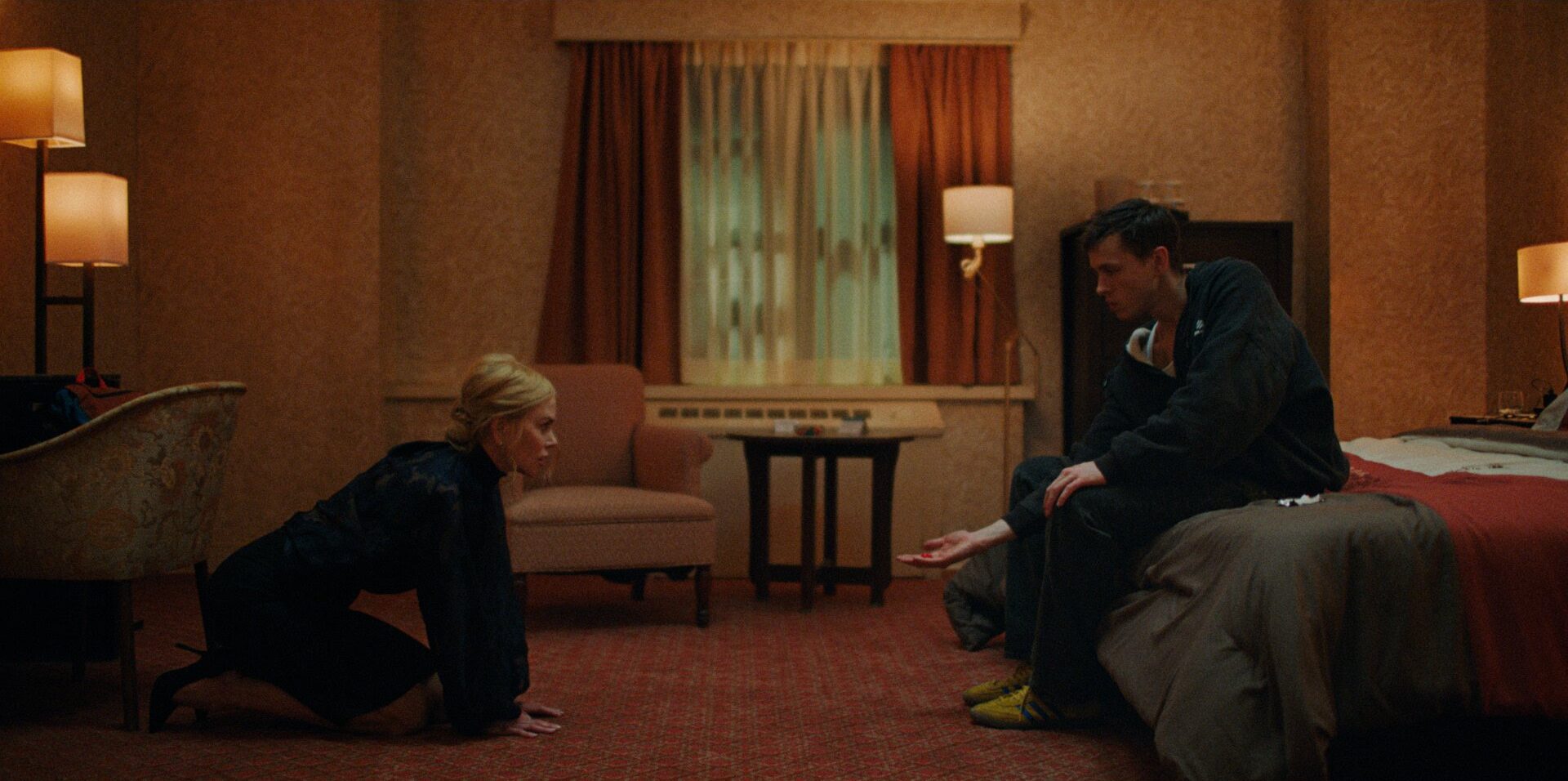

Civilized vs. Animalistic
Halina invested a lot of time into prep and how to express the animalistic versus the civilized. She explains how she wished to infuse this theme “in the story itself, in every character and every scene, but also through the cinematography – the beast being the handheld operated by Jasper himself and the civilized being drone shots, overhead shots, wide shots of the city, the beauty, the seduction, the robots, all of that.”
To paint her portrait of a corporate boss who explores the darkness of her repressed desires, Halina chose to “be very open with the audience.” When it came to color, Halina engaged Harbor Colorist Damien Vandercruyssen to further explore this contradiction. Referencing Paris, Texas for its rich, warm colors, Halina aims to show a corporate world in a more classically feminine light, not a masculine robotic world. She tells me that she decided to lean into “the cliche of feminine beauty through color with a lot of red.” But moreover, she looks for humanity. She references the opening scene of Bodies Bodies Bodies, in which two of the main characters kiss. She’s intentional to show a birthmark and some acne in that moment, and notes that this search for humanity has a constant presence in the world of Babygirl as well.
This juxtaposition between civilized and animalistic is exemplified in the setting of the motel room. Along with her production designer, Stephen H. Carter, Halina had a vision for the motel room to signify the womb but also be realistic for its setting and encapsulate the filth and beauty found at every corner in New York. Or as Halina puts it, “you have a beautiful room but at the same time there's stains on the carpet and hair on the bed.” Halina enlisted Damien to shape the color to match the progression of Romy and Samuel’s relationship.
Damien notes that “a lot of scenes in the movie push into warm tones, pink and reds were the palette of Romy but when they have their first romantic encounter, we stumble into a grimly lit room, the yellow leans into the green side that make us want to run away from the room, as it doesn’t match Romy’s expectations.” Then Damien explains how, “on the second encounter, we feel that Romy has now taken control and the room is a lot more bathed in warm tones and clashes with the cold world that we see through the windows.”

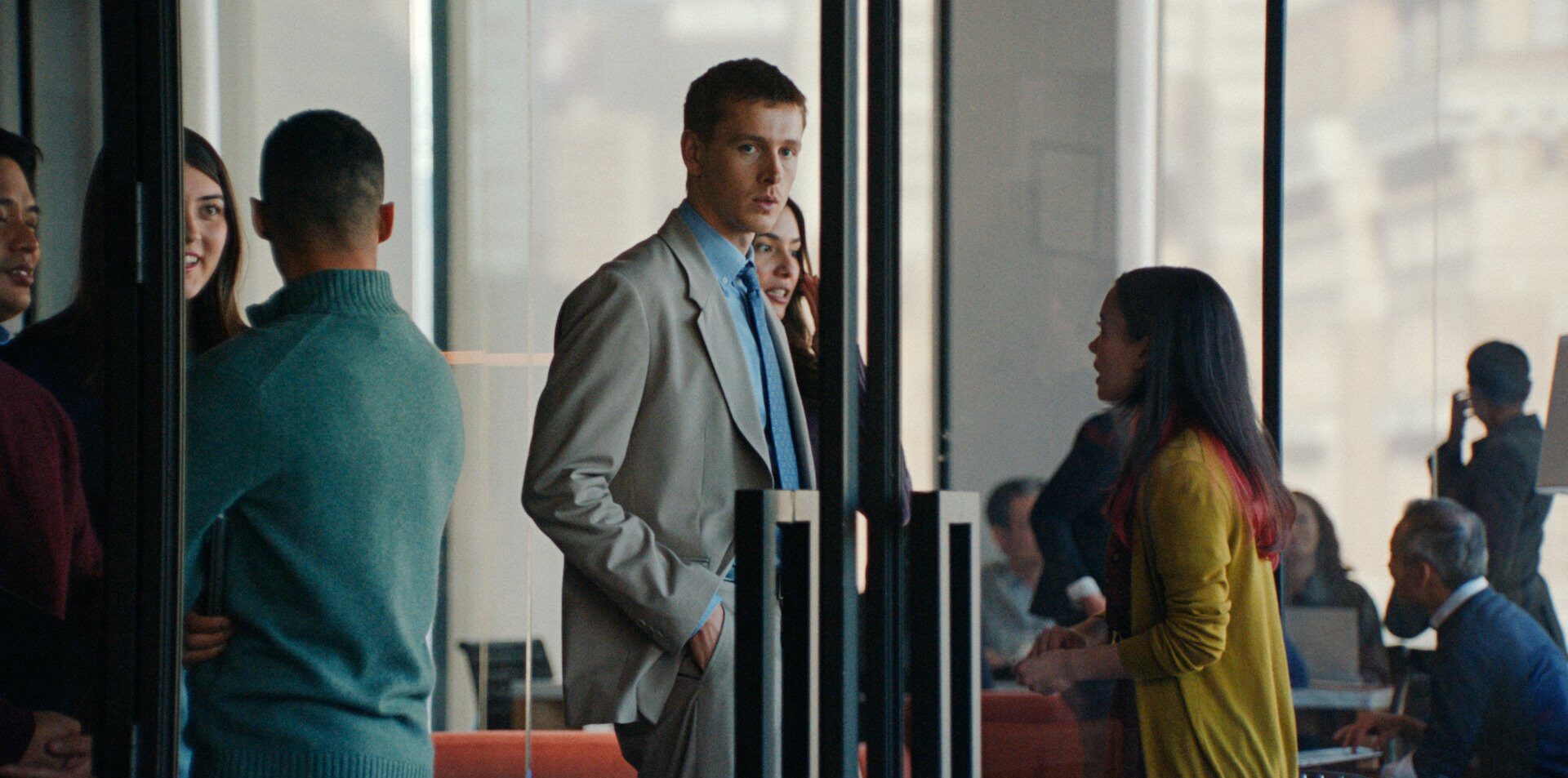

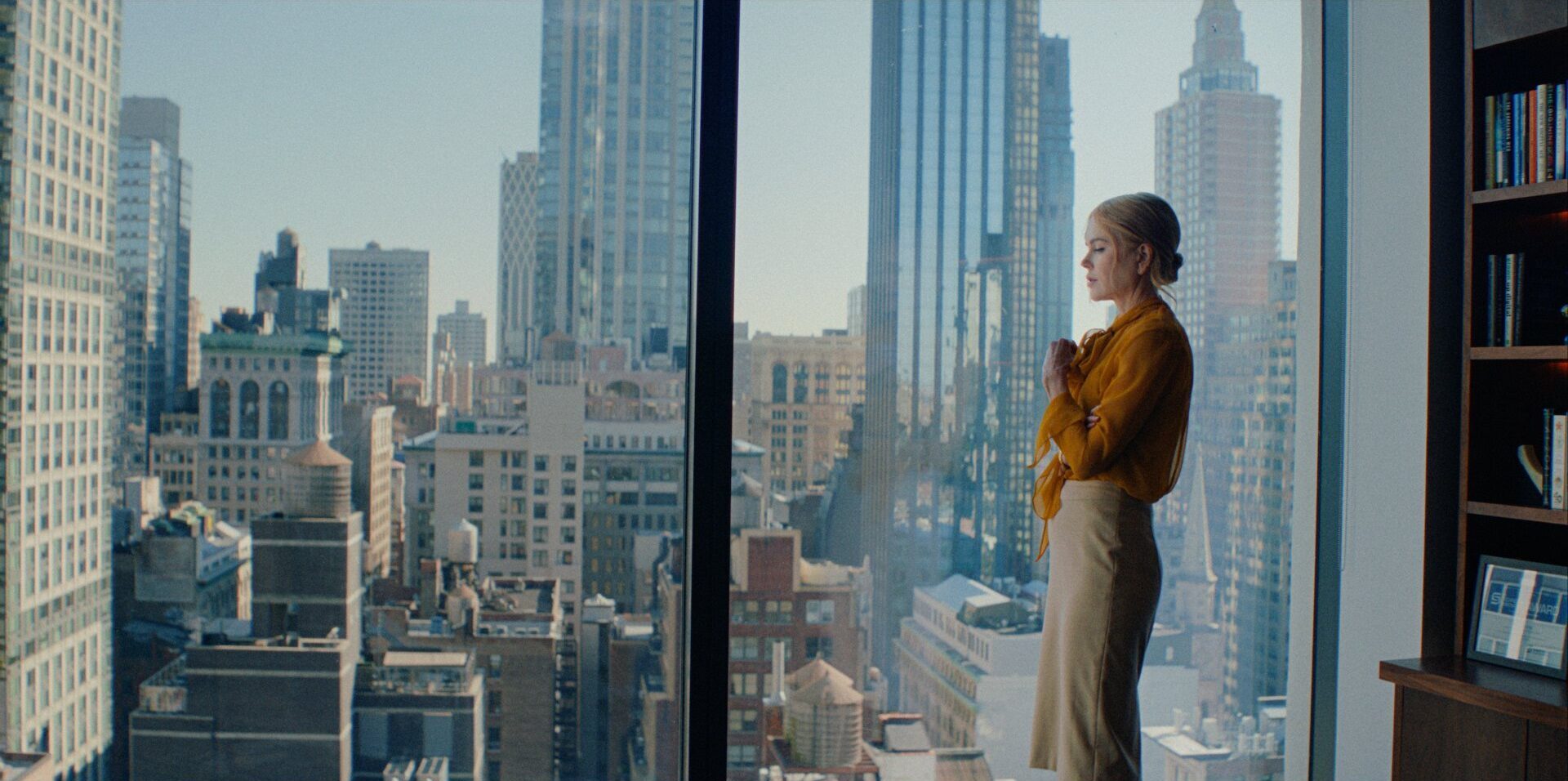




Hedda Gabler as a Vehicle
Within the film, Romy’s husband, Jacob (Antonio Banderas) is directing Hedda Gabler. This inclusion is important because, Halina says, “the whole story is Hedda Gabler.” During the mix, she lamented not having enough coverage to show a close up of Hedda on stage leaning into the barrel of the gun, a pivotal moment in the play. Re-Recording Mixer/Sound Designer Mixer Jacob Ribicoff had a solution: a huge heartbeat. Halina recalls how “he took away all the other sound except for a boom boom boom and it makes it the whole moment. You might not be satisfied with the material you got on the shooting day, but you can tell the whole story with sound.” She notes as well how “once everybody's on board to think like that, it's just one big feast of creativity.”
Jacob recalls experimenting to arrive at the most tension-inducing sound design for that moment, auditioning “a handful of sounds to convey Romy’s rush of emotion as she breathlessly enters the theater, including whooshes, vibrational tones, exaggerated door creaks and ballast buzz coming from the stage lights, and in the end, we arrived at her breathing and her heart pounding. The heart pounding lives at an audible level to be felt as a tension but not too over the top. The sound crescendos until Jacob suddenly turns to notice her and speaks, at which point it abruptly stops. The effect for the viewer is of a tension released.” Jacob explains how the heartbeat is an example of “how sound can abstractly bring some of the characters boiling undercurrents to the surface. So, after the heated conversation out on the street with Samuel, Romy is plunged into a panic attack as she heads to the theater to visit her husband Jacob rehearsing Hedda Gabler.”
The Hedda Gabler of it all harkens back to Halina’s theater background which taught her (among many other things) to protect the words of the script. She tells me that certain scenes, like a pivotal meeting between Romy and Samuel in which the power dynamics shift drastically, she needs the actors “to say the line exactly how I wrote it.” However, her scripts are not set in stone, and she (with permission) “feeds off real humans to make the writing more specific, modern, and alive.” Examples include the iconic quote in Bodies from Alice (Rachel Sennott) who says “I have body dysmorphia” which was something Rachel said to Halina at their first meeting before production. Or Harris Dickinson, on the set of Babygirl told Halina that she shouldn’t drink too much coffee. To which Halina thought, huh, what a strange thing for a young man to say to a director? Put it in the script.
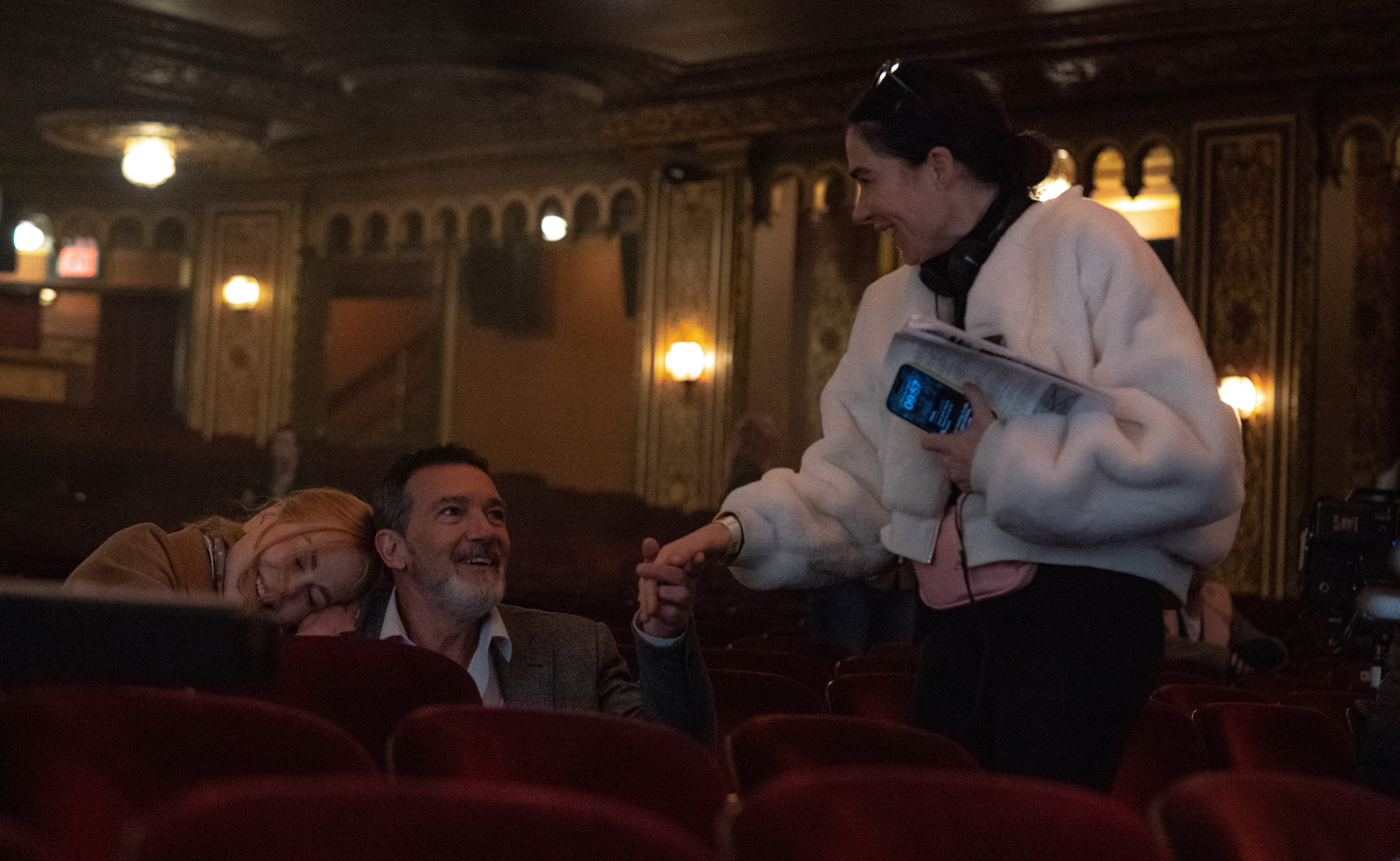
Yes, a young man did walk into a bar in the Netherlands and buy Halina a glass of milk, but no, he did not stick around long enough to call her a ‘good girl.’
But, the act sticks with Halina, and she takes this real moment, turns up the volume, adds power, suggestion, and intrigue to create a dynamic portrait of a woman who discovers what happens when she ignores parts of herself, uncomfortable as they may be. I won’t argue that Halina has given a definitive definition of the female gaze, but she’s working on her own rulebook. It includes flipping the male gaze around, zeroing on the details women notice, and embracing some clichés like traditionally feminine colors and milk as a manifestation of the intersection between civilized and animalistic. When it comes to sexuality, even when Halina doubts her own preferences, she urges us to think beyond male constructs: “you can be whatever you want to be. If you want to dress up as a giraffe, that’s fine too.”

